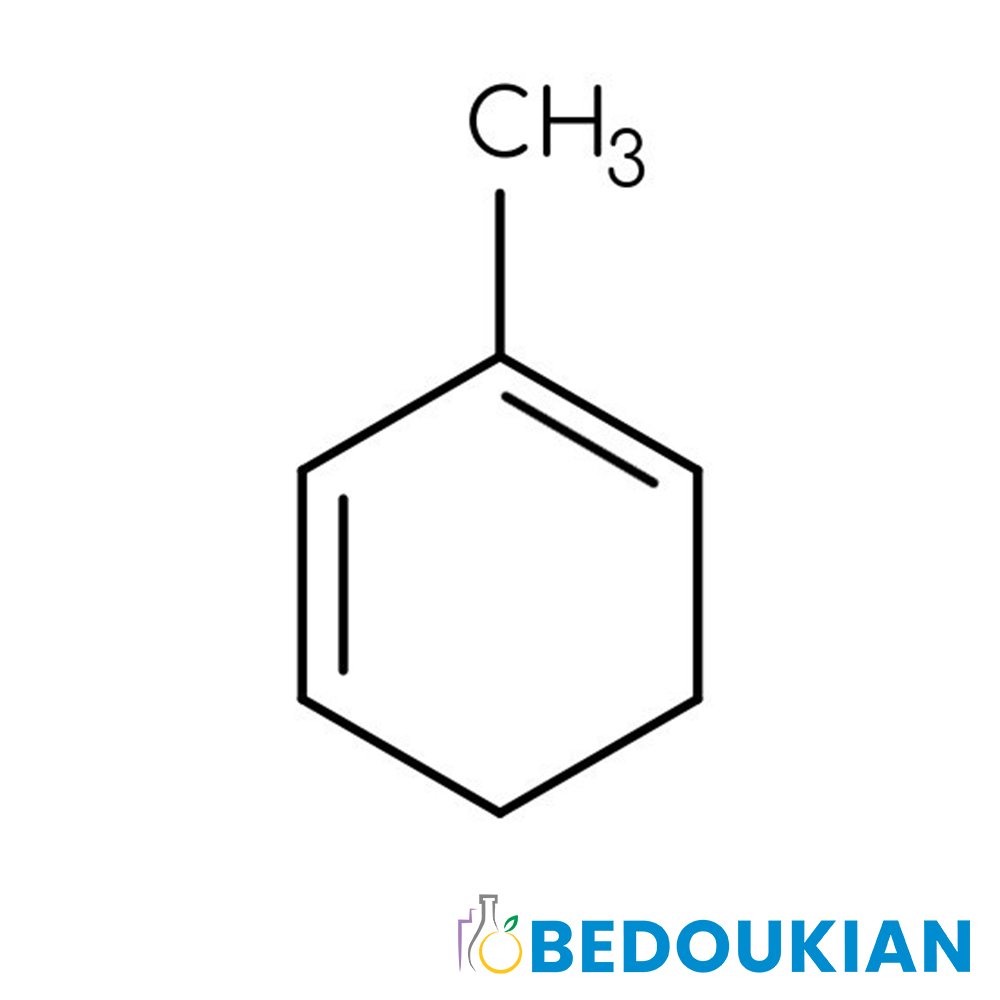 Image 1 of 2
Image 1 of 2

 Image 2 of 2
Image 2 of 2



Beta Methyl Naphtyl Ketone
Premium Synthetic Ingredient for Perfumery
Beta-Methyl Naphthyl Ketone or Oranger Crystals, is a synthetic aryl ketone widely used in perfumery for its warm, sweet-powdery floral character with orange blossom and heliotropin-like nuances. Appearing as a pale yellow to white crystalline solid, it plays a key role in cosmetic-powder profiles and floral-aldehydic compositions.
Its excellent tenacity and alkaline stability make it particularly valuable in soap and vintage-style perfume applications.
Premium Synthetic Ingredient for Perfumery
Beta-Methyl Naphthyl Ketone or Oranger Crystals, is a synthetic aryl ketone widely used in perfumery for its warm, sweet-powdery floral character with orange blossom and heliotropin-like nuances. Appearing as a pale yellow to white crystalline solid, it plays a key role in cosmetic-powder profiles and floral-aldehydic compositions.
Its excellent tenacity and alkaline stability make it particularly valuable in soap and vintage-style perfume applications.
Premium Synthetic Ingredient for Perfumery
Beta-Methyl Naphthyl Ketone or Oranger Crystals, is a synthetic aryl ketone widely used in perfumery for its warm, sweet-powdery floral character with orange blossom and heliotropin-like nuances. Appearing as a pale yellow to white crystalline solid, it plays a key role in cosmetic-powder profiles and floral-aldehydic compositions.
Its excellent tenacity and alkaline stability make it particularly valuable in soap and vintage-style perfume applications.
Technical Ingredient Overview
🏭 Manufacturer — Symrise
🔎 Chemical Name — 2-Acetylnaphthalene
🧪 Synonyms — Beta-Methyl Naphthyl Ketone, 2-Methylnaphthyl Methyl Ketone, Oranger Crystals
🧬 Chemical Formula — C₁₃H₁₂O
📂 CAS — 93-08-3
📘 FEMA — 2683
⚖️ MW — 184.23 g/mol
📝 Odor Type — Sweet floral
📈 Odor Strength — Medium to high
👃🏼 Odor Profile — Warm, powdery, floral, orange-blossom, heliotropin-like, with woody and balsamic nuances
⚗️ Uses — Fine fragrance, soap, powder notes, floral-aldehydic accords, orange blossom reconstitution
🧴 Appearance — Pale yellow to white crystalline solid
What is Beta-Methyl Naphthyl Ketone?
Beta-Methyl Naphthyl Ketone, chemically known as 2-Acetylnaphthalene, is a synthetic aromatic compound extensively used in perfumery due to its warm, powdery floral character with orange blossom and heliotropin-like facets (Arctander, 1960). The compound is part of the methylated aryl ketone family and appears as a solid at room temperature, earning it the nickname Oranger Crystals in historical perfumery catalogs.
Historical Background
Although its original synthesis is not definitively attributed, Beta-Methyl Naphthyl Ketone rose to prominence in the early 20th century as perfumers sought long-lasting alternatives to natural orange flower materials. According to Arctander (1960), this material was widely used in French floral and soap compositions, appreciated for its powdery sweetness and its ability to evoke the nostalgic warmth of classic cosmetics. It became especially useful in the context of cost-effective substitution for orange flower absolute, as well as in heliotrope-themed accords (Sell, 2019).
Olfactory Profile, Main Descriptors
Powdery
Heliotropin-like
Orange blossom
Slightly woody
Sweet and warm
Scent Family
Floral
Sweet
Balsamic
Intensity & Tenacity
This material is classified as having medium-to-strong odor intensity and high tenacity, particularly effective in soap and powder applications where prolonged perception is essential (Arctander, 1960).
Applications in Fine Fragrance
Beta-Methyl Naphthyl Ketone is widely employed in:
Orange blossom bases
Cosmetic-powder compositions
Heliotrope, lilac, and sweet floral accords
Soapy aldehydic fragrances and vintage-style feminine perfumes
It blends excellently with materials such as benzyl salicylate, coumarin, vanillin, ionones, and aldehyde C12 MNA, contributing depth and warmth to floral heart notes (Sell, 2019).
Performance in Formula
Diffusion: Medium to strong in alcohol
Fixative role: Excellent; enhances floral trails and prolongs drydown
Stability: Highly stable in soaps and alkaline media (Arctander, 1960)
Compatibility: Soluble in most perfumery solvents, including alcohol and oils
Industrial & Technical Uses
Besides its role in fine perfumery, Beta-Methyl Naphthyl Ketone is also:
Used in soap fragrance formulations due to its excellent stability under alkaline conditions
Occasionally present in functional perfumery (e.g., talcum powders, deodorants, toilet waters)
Registered with FEMA (No. 2683) as a flavoring substance, though rarely used in practice due to its potent odor and potential sensitization (FEMA, 2022)
Regulatory & Safety Overview
IFRA: Not restricted under IFRA 51st Amendment, but may be subject to allergen labeling depending on the formula (IFRA, 2023)
GHS:
H302 — Harmful if swallowed
H317 — May cause allergic skin reaction
EU Cosmetics Regulation: Permitted; declaration required above sensitization thresholds
REACH: Substance is registered under REACH; safety dossier available via ECHA (ECHA, 2024)
FEMA: GRAS-listed for flavor usage under FEMA 2683, with caution in application (FEMA, 2022)
Additional Information
Storage: Keep tightly sealed and protected from light
Melting Point: ~45–47 °C
Boiling Point: ~296 °C
LogP: ~4.4, indicating high lipophilicity (PubChem, 2024)
Solubility: Insoluble in water; soluble in ethanol, diethyl phthalate, and essential oils
References
Arctander, S. (1960). Perfume and Flavor Chemicals (Aroma Chemicals). Montclair, NJ: Author.
Sell, C. S. (2019). The Chemistry of Fragrances: From Perfumer to Consumer (3rd ed.). Royal Society of Chemistry.
FEMA. (2022). Flavor Ingredient Library: FEMA No. 2683. Retrieved from https://www.femaflavor.org
IFRA. (2023). IFRA Standards – 51st Amendment. International Fragrance Association.
European Chemicals Agency (ECHA). (2024). Substance Infocard: 2-Acetylnaphthalene. Retrieved from https://echa.europa.eu
PubChem. (2024). 2-Acetylnaphthalene. Retrieved from https://pubchem.ncbi.nlm.nih.gov/compound/2-Acetylnaphthalene




